Beyond their knowing that people can study writing at university and take a Fine Arts degree (and not a technical certificate, such as might be awarded to a graduate in craft design), writers can be encouraged in their Art by the example set by artists in other disciplines, who outlived the machinations of avant-garde fifth-columnists to subvert or silence their artistic communication.
 In 1982, I needed to fulfill a university term paper assignment for a course in Art Exploration. I wanted to write about Andrew Wyeth (1917 – 2009), a painter from Chadds Ford, PA, but on library shelves groaning with tomes of Michelangelo and Matisse I failed to find a single book devoted to Wyeth reproductions.
In 1982, I needed to fulfill a university term paper assignment for a course in Art Exploration. I wanted to write about Andrew Wyeth (1917 – 2009), a painter from Chadds Ford, PA, but on library shelves groaning with tomes of Michelangelo and Matisse I failed to find a single book devoted to Wyeth reproductions.
 Only one “art book” surfaced that gave him equal time with about a half-dozen other American artists (American Masters: the Voice and the Myth, by Brian O’Doherty, Random House, 1973).
Only one “art book” surfaced that gave him equal time with about a half-dozen other American artists (American Masters: the Voice and the Myth, by Brian O’Doherty, Random House, 1973).
In all the other books, if Wyeth’s name appeared in the index at all, it meant he was allotted a biographical sentence or two in the back of the book, perhaps accompanied by a black-and-white reproduction of Christina’s World that was so small and dark as to he almost unrecognizable. The fact that Christina’s World was generally the only painting to get reproduced was particularly distressing to me; one can’t very well evaluate an artist’s work if one is denied extensive exposure to its various forms.
That was my introduction to the fashionable distastes of the fifth column of Art.
According to Brian O’Doherty in American Masters, the avant-garde was frankly resentful of Wyeth’s popularity:
Wyeth’s success, within which he apparently resides easily enough, arouses in the ‘genuine’ artist a contempt that is obligatory if he is to maintain his intellectual respectability (Page 229.)
O’Doherty admitted that “his work has something to add to the fabric of American art” (page 9), but he went to some pains to define the particular segment of America to whom Wyeth’s art was supposed to be meaningful:
Wyeth’s audience is made up of city dwellers who like the clichés, and country dwellers who read his pictures as they read nature…. (Page 232.)
The peculiar beliefs of these people (particularly of the “country dwellers”) made up what O’Doherty labeled the “rural myth.” This myth had to do with feelings and values associated with tradition, patriotism, morality, religion and nature. These ideas and institutions seemed to have fallen into some disrepute over the first half of the 20th Century. It’s interesting to consider that these “mythical” ideas had to do with groups of people united for a common – often altruistic – purpose, in contrast with the individualism of a generation whose motto became “do your own thing.”
In this sense, modernism’s increasing narcissism with respect to its own means measures the breakup of a community and the rising arc of the artist’s alienation. (Page 230.)
American political isolationism, which began to erode during World War I and finished its collapse a generation later, probably had something to do with rural America’s being the last bastion of the values that made up the antiquated “rural myth.” Thus, the fifth column of painting, wrapped up in its pursuit of self-discovery through avant-garde abstraction, had an additional reason to look down its nose at Andrew Wyeth, accusing him of being just a maudlin American. He was dismissed as a nostalgia-monger:
Wyeth … exemplifies a conservative American strain – a provincialism that, however disguised, makes contact with nineteenth century values…. (Pages 8-9.)
There is some evidence, however, that those who subscribed to the avant-garde philosophy of artistic Darwinism had, perhaps, misplaced their faith. Some of the aspects of the “rural myth” – nature, tradition, morality – had begun to make a comeback.
Though his community’s values appear to many to be, like Wyeth’s visual conventions, obsolete, we must look for the energy sustaining an “obsolescence” that is taking such a long time to go away. (Page 229.)
People had discovered that when those values were eliminated, life became nasty, cold, brutish and short. Avant-garde evolutionist art theories have not panned out. Could it be that Wyeth was ahead of his time? Looking forward instead of backwards?
Society is demonstrating that it is not inevitably doomed to a reductionist viewpoint and abstract tastes. People are going “back to the land” and savoring a renewed sensitivity to life currents and to their own influence on nature and the cosmos. They are discovering that they really aren’t microcosms, but are each contributing inhabitants of Earth. They can see the whole as well as the parts, as in Wyeth’s art:
What the audience sees is not process or formal deftness, but an image, all at once. (Page 230.)
In the early 20th Century, American expatriate writers like Gertrude Stein and Ernest Hemingway followed Irish writers like James Joyce and William Butler Yeats to the Continent, reinforcing an avant-garde prejudice about America’s being buried in buffalo chips. By its reducing art (and literature) to the lowest common denominator – geometry, color, syllables – the avant-garde still believes it is achieving artistic Nirvana (someone in this group even likened Gertrude Stein to Buddha).
Instead, they seem to have confused sensitivity and self-discovery. It’s hard to hear what’s going on around you when you’re busy listening to your own heartbeat. Fifth-column navel-gazing may be the root of the puzzlement that accompanied the widespread resentment of Wyeth’s success:
Wyeth’s art … functions socially in … a way that … avant-garde art … might envy. Wyeth communicates with his audience … with an ease and fluency that amounts to a kind of genius. (Page 230.)
It doesn’t seem to have occurred to them that perhaps Wyeth wasn’t interested in self-analysis or in making a political statement. Maybe all he wanted to do was to share feelings: I’m refreshed by the puff of cool air stirring the ragged curtains in his Wind from the Sea; comforted by the warm, somnolent scent of the loft, and lulled by the chirping of crickets when I’m up in his Hay Ledge. If his effort to communicate was successful, what difference does it make how he did it?
Art has two main functions – to instruct the intellect and to entertain the emotions – and it does so by communicating with its patrons. Human intellectual and emotional needs must both be met in order to maintain an individual’s health. The artist may choose to use either one or both approaches in a given work. He is no more obligated to appeal to his audience’s emotions than he’s required to make some kind of pungent social comment in his piece.
Evidently this is something that the fifth column failed to admit, especially in regard to Andrew Wyeth’s productions. They refused to allow the validity of a style of painting that satisfies emotional needs. Their efforts to dismiss Wyeth’s motives and conventions backfired.
Thus Wyeth, the only genuine rural artist of the slightest consequence, is attacked with a violence far beyond the usual etiquette of critical disagreement. The hatred of Wyeth in informed circles is matched only by his audience’s identification of abstraction with communism. (Page 230.)
An early reaction to the growth of abstraction was expressed by novelist Dorothy Macardle, through her character Max Hilliard, a painter:
Max and I … strolled home across the heather and along the edge of the cliff, talking, as we often did, about the backward currents that were setting in all over Europe and their effect on art and literature.
“They subordinate the whole to the part,” he said bitterly. “It is no longer life they are celebrating, nor nature, but some crude, fanatical party creed. I am afraid that doing things for their own sake will soon be a luxury for children and, perhaps,” he smiled, “for freaks like you and me.” (The Uninvited, The Literary Guild of America, 1942).
 The fifth column’s “freak” broke all of their “rules” about painting. No amount of shoving could get a Wyeth-shaped peg into an avant-garde hole. Nowadays, you can find all kinds of books by and about Andrew Wyeth. I bought this one a few years ago.
The fifth column’s “freak” broke all of their “rules” about painting. No amount of shoving could get a Wyeth-shaped peg into an avant-garde hole. Nowadays, you can find all kinds of books by and about Andrew Wyeth. I bought this one a few years ago.
 I even found a book of illustrations by his father, N. C. Wyeth, an incredibly talented painter who was chronically depressed about his having to be a commercial artist to support his family.
I even found a book of illustrations by his father, N. C. Wyeth, an incredibly talented painter who was chronically depressed about his having to be a commercial artist to support his family.
Andrew’s son, Jamie, also paints.
You can read more about Andrew Wyeth in this 2014 dissertation by Edwin Rein Harvey.
Creativity is that thing eternal which links each person to Deity, and in this life we need access to all the creativity that we can get. Human artistic expression is voided in the hands of dictators and under the hooves of sheep.
You see, it is not necessary for us to leap at each other,
and, as I told you, in the end
the gulls moved seaward very quietly.(from “Gulls,” by William Carlos Williams. )
© 1982, 2014, 2016 Christine Plouvier. All Rights Reserved.

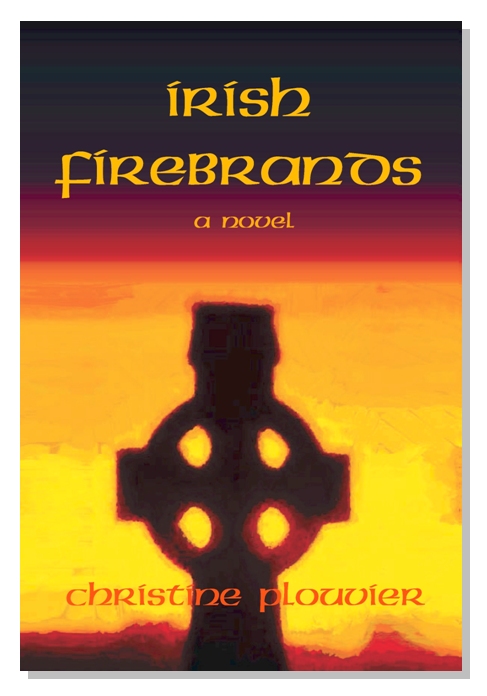
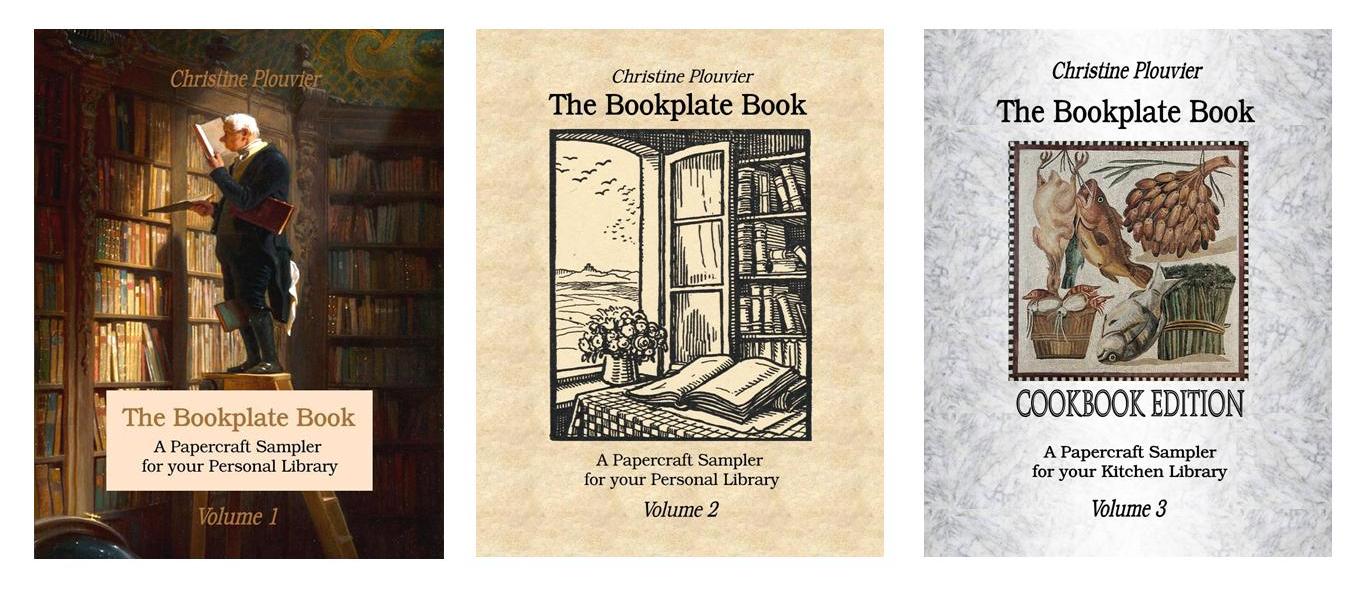


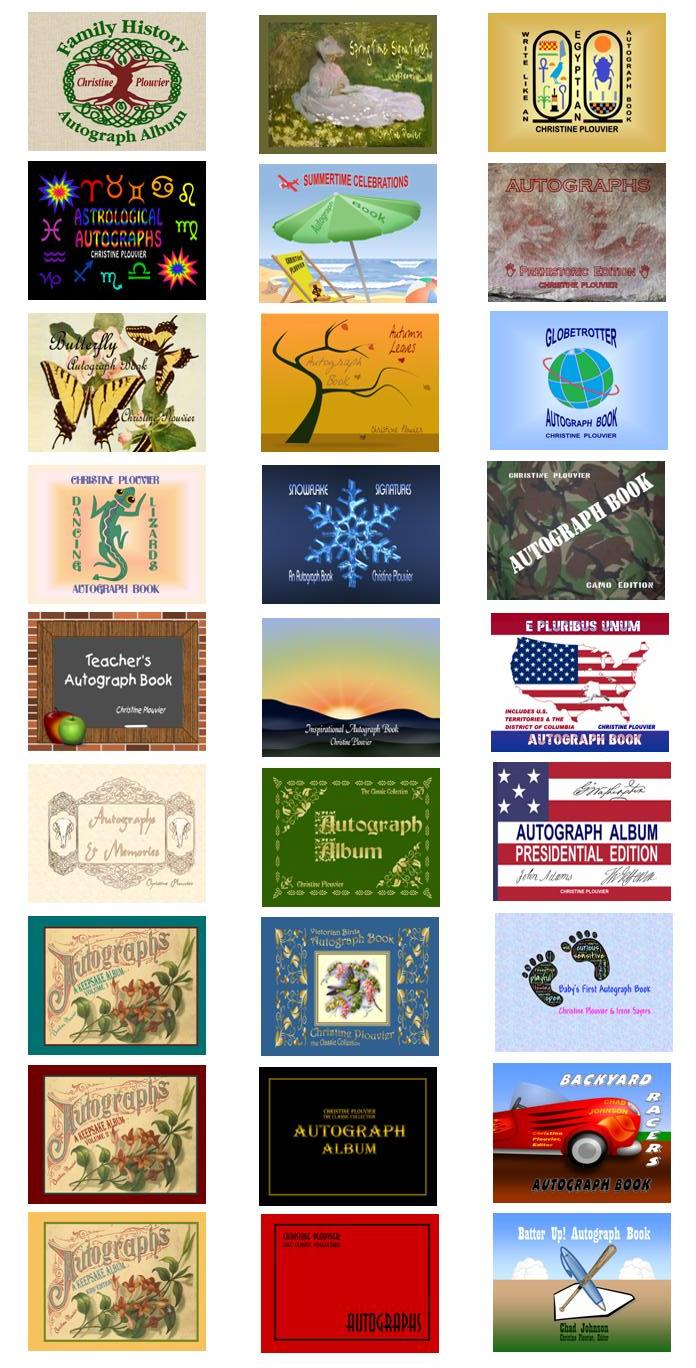

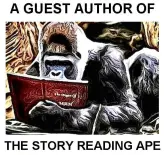


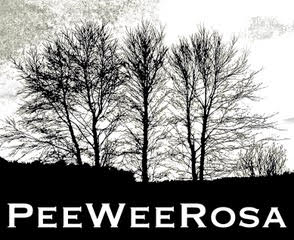





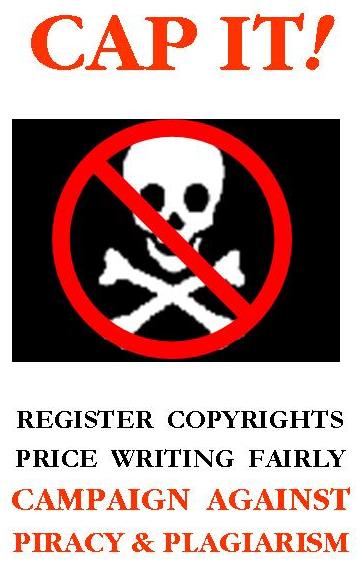




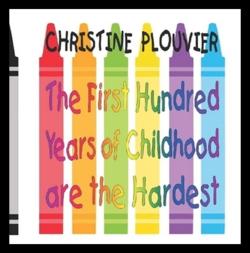
Great post! I especially LOVED: “Art has two main functions – to instruct the intellect and to entertain the emotions – and it does so by communicating with its patrons.” Also, not to take away from your point, but as for your term paper in 1982, I wonder how different your research would have been now with the Internet at your disposal? 🙂
LikeLiked by 1 person
Thanks! I know that after all these years, the wrong-headed notion of writing as a craft is too entrenched for the truth to enlighten more than a few people, but I’ll keep quacking about it….
I’ve revisited the subject on and off over the years, and Wyeth’s following just kept growing. He was recognized with a number of foreign and domestic honors and awards, no matter what the avant-garde said about him, or how hard they tried to ignore him.
If I were writing that paper today, I might have included some observations about other naturalistic painters, such as Bob Ross (1942-1995), who is still subjected to ridicule by people who don’t want to consider what he did to be “real” art. He and Wyeth set great examples for artists of all disciplines to follow.
We need to get up every morning and chant, “I am a Writer. I believe in my medium, my method, my message, and myself, because I am an Artist.”
LikeLike
I think that chant is a wonderful plan! We need to get that printed on vinyl so we can stick it on the wall and see it always.
However, I must admit, my mouth is still agape from reading that Bob Ross is dead! In fact, I just read this and shouted it out to my sister and she asked “Who?” and I said, “That guy who had the big afro and the painting show on PBS” and she came out of her room with her mouth hanging open too! I had no idea! 😦 And by the way, I thought he was a wonderful artist!
LikeLiked by 1 person
“Human artistic expression is voided in the hands of dictators and under the hooves of sheep.” Great!
LikeLiked by 1 person